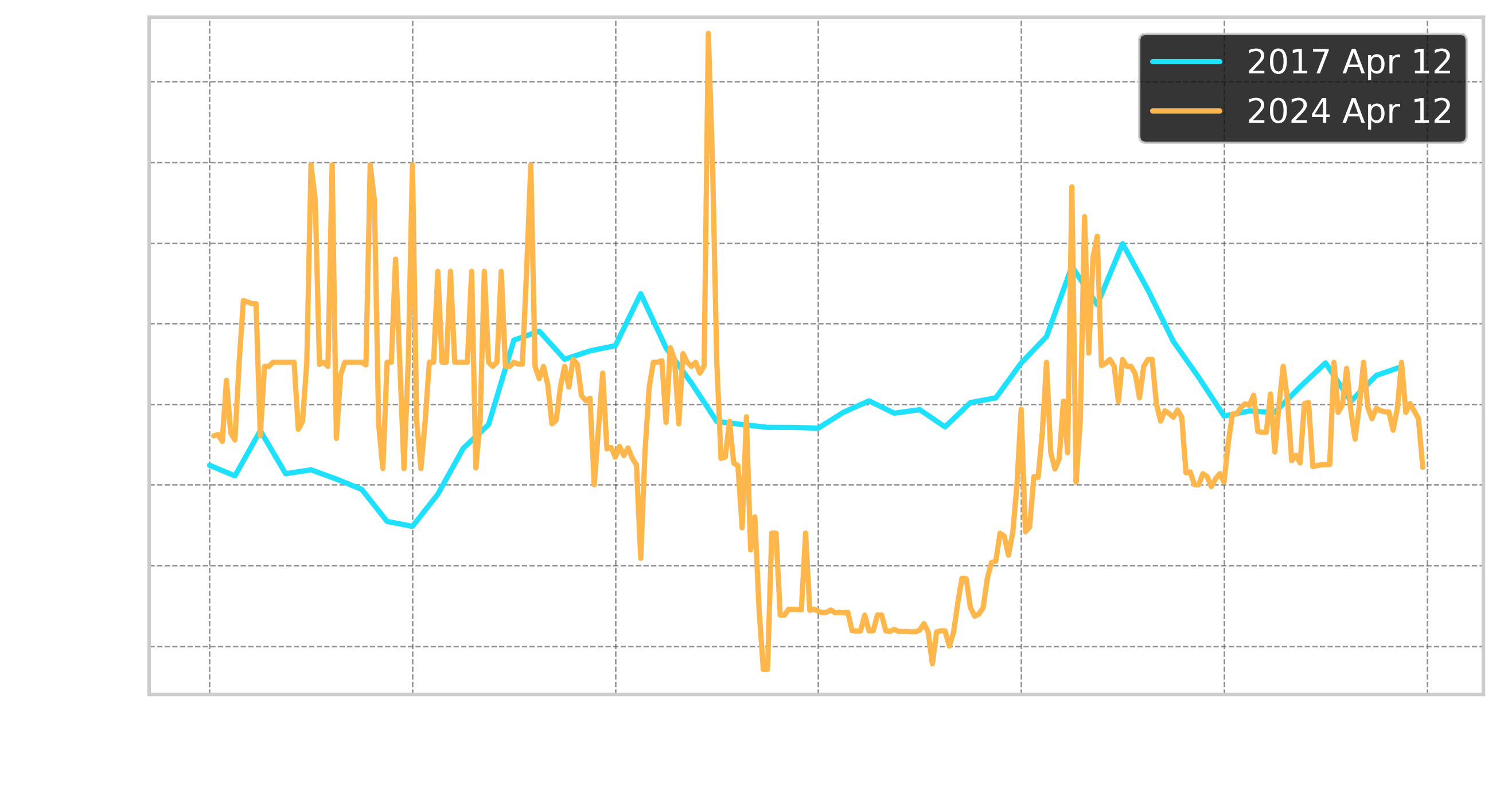Driven to build an efficient renewable grid.
At OptiGrid, our mission is to accelerate Australia's energy transition by enabling efficient operations of clean energy assets. We need more renewables and batteries and smarter ways of using them. OptiGrid partners with electricity retailers, asset developers and operators to unlock the full potential for batteries, solar and wind farms.
By optimising performance, our platform maximises battery returns while improving market efficiency. Backed by our world-class research, we apply AI and optimisation models to unlock the maximum value of clean energy assets and accelerate the energy transition.
Let's talkOur History
The Realisation
In 2018, our Co-Founder, Dr Ali Pourmousavi, noticed grid-scale batteries were on the path to revolutionise the grid, but their financial success depended on sophisticated operation systems that didn’t yet exist.
The Realisation
In 2018, our Co-Founder, Dr Ali Pourmousavi, noticed grid-scale batteries were on the path to revolutionise the grid, but their financial success depended on sophisticated operation systems that didn’t yet exist.
Laying the Foundations
Two research tracks began in 2020: one on electricity price forecasting, the other on battery trading and operations optimisation.
Laying the Foundations
Two research tracks began in 2020: one on electricity price forecasting, the other on battery trading and operations optimisation.
Research into Reality
Over the years, our team developed new types of ML-based forecasting models, while advancing the science of battery optimisation and trading.
Research into Reality
Over the years, our team developed new types of ML-based forecasting models, while advancing the science of battery optimisation and trading.
OptiGrid is Born
These parallel research streams finally converged into OptiGrid's founding mission: to unlock the full potential of grid-connected batteries.
OptiGrid is Born
These parallel research streams finally converged into OptiGrid's founding mission: to unlock the full potential of grid-connected batteries.
Our Leadership Team

Engineer -> Researcher -> Entrepreneur. Ex-AEMO, PhD on developing trading algorithms for utility-scale batteries in the NEM.
Sahand Karimi
CEO & Founder

PhD-trained data scientist specialising in developing machine learning-based forecasting and real-time optimisation models.
Nam Dinh
Data Science Lead & Founder

20+ years growing tech businesses, specialising in customer relationships and long-term strategic partnerships
Paul Howdle
Chief Commercial Officer

Over a decade of experience in software engineering and data science, with a focus on building highly reliable real-time systems.
Owen Lamont
Software Development Lead

10+ years in wholesale risk management, revenue growth, and structuring commercial models and offtakes for energy assets.
Henry Swisher
Director of Market Strategy
Born in South Australia: Home to the world’s leading renewable energy grid
South Australia has gone quickly from a fossil-powered laggard to having the world’s highest share of wind and solar in a gigawatt-scale grid, with a 75% share at June 2024. The state is targeting 100% net renewables by 2027. And it’s also part of Australia’s National Energy Market, which was one of the first jurisdictions globally to move to 5-minute settlements. While this is a cause for celebration, it comes with big challenges for energy market operators.

A window into the future of electricity markets
Think crypto or pork belly futures are volatile? They have nothing on Australian energy prices. The graph above shows electricity prices in South Australia on one day in 2017. In those days energy prices were much more predictable. Prices peaked when everyone got up and turned on the kettle in the morning, and in the evening when we came home from work.

Wholesale electricity prices in South Australia were fairly predictable only a few years ago
Just seven years later, it’s a very different and much more unpredictable story. Prices commonly go negative in the middle of the day when renewable generation exceeds 100% of demand. At other times, the market peaks at 2x or 3x times the price it used to peak at. Forecasting electricity prices and responding to them just got so much harder. And it’s likely to get harder as the transition continues. We’re addressing these challenges by building tools that help energy assets, particularly batteries, operate at the right times. Our solutions improve market efficiency and accelerate the adoption of renewable energy sources.

Now prices are far more volatile, with bigger spikes and higher price ranges occurring more often





